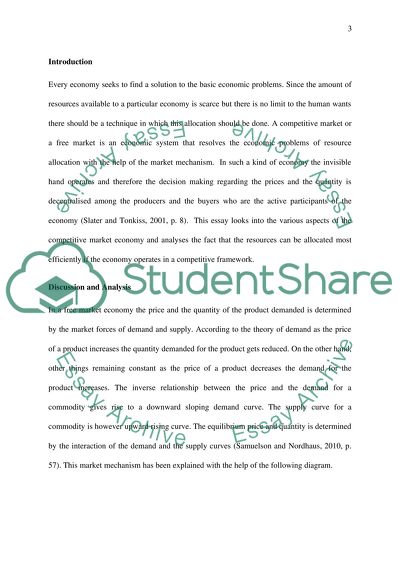Cite this document
(“The market mechanism is the only effective way to allocate resources Essay”, n.d.)
Retrieved from https://studentshare.org/macro-microeconomics/1492589-the-market-mechanism-is-the-only-effective-way-to
Retrieved from https://studentshare.org/macro-microeconomics/1492589-the-market-mechanism-is-the-only-effective-way-to
(The Market Mechanism Is the Only Effective Way to Allocate Resources Essay)
https://studentshare.org/macro-microeconomics/1492589-the-market-mechanism-is-the-only-effective-way-to.
https://studentshare.org/macro-microeconomics/1492589-the-market-mechanism-is-the-only-effective-way-to.
“The Market Mechanism Is the Only Effective Way to Allocate Resources Essay”, n.d. https://studentshare.org/macro-microeconomics/1492589-the-market-mechanism-is-the-only-effective-way-to.


